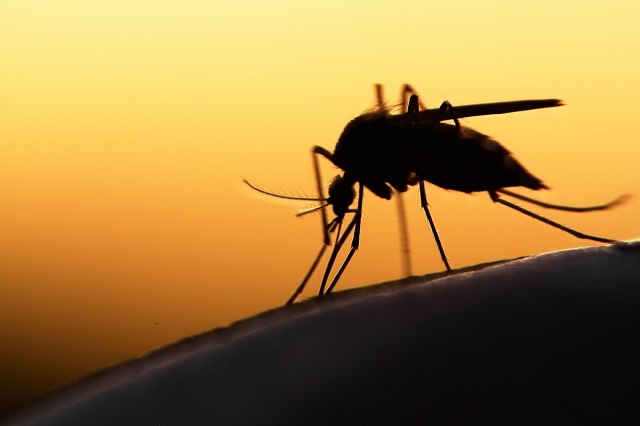
The Sunday News

Tinomuda Chakanyuka, Senior Reporter
AT least 227 people have died of malaria in the first 15 weeks of this year, almost double the figure recorded during the same period last year as authorities attribute the upsurge in malaria cases and deaths to the increase in rainfall.
According to the Ministry of Health and Child Care, last year 116 malaria deaths were in the first 15 weeks, signalling a 95 percent increase this year. A total of
170 897 malaria cases were recorded in the first 15 months of this year up from 108 788 that were recorded during the same period last year.
Programme manager of the Malaria Control Unit in the Ministry of Health and Child Care, Dr Joseph Mberikunashe said outbreaks of the disease had been recorded in some parts of the country. He was, however, quick to mention that the ministry was on top of the situation.
“An outbreak is then defined when the threshold values of malaria cases at health facilities have been surpassed (even by one case). Health facilities (most along the border and low lying areas) with cases that surpassed the threshold values have been reported in provinces of Manicaland, Masvingo, Mashonaland Central and partly Mashonaland East,” he said.
Dr Mberikunashe said low lying areas which were affected by floods were the hardest hit by malaria and habitants of those areas remained vulnerable to mosquito bites.
“Populations in these areas if unprotected will be exposed to mosquito bites that may result in malaria infection. These are the areas that were affected by floods and the cyclone and also received above-normal rainfall,” he said.
Dr Mberikunashe said the ministry, through the national malaria control programme, has put in place interventions to control malaria increases and reported outbreaks.
“Among these interventions is indoor residual house spraying in high risk areas using effective insecticides, distribution of Long Lasting Insecticidal Nets to protect the communities from mosquito bites. These interventions are coupled with strong social behaviour change communication programmes to ensure universal access of the interventions,” he said.
Dr Mberikunashe also implored communities to embrace positive behaviour practices to ensure effectiveness of the interventions. He said the Ministry has managed to respond effectively to the disease.
“Because of the array of intense control measures put in place to fight the increase of malaria cases, the ministry has been on top of the situation,” said Dr Mberikunashe.
The Ministry of Health and Child Care has targeted to reduce malaria deaths from 22 per 1 000 people per year, to one per 1 000 by the end of this year. In the early 2000s the country used to record up to two million cases every year and an average of about 5 000 deaths. However, in recent years malaria cases have fallen to below half a million per year and an average of about 350 deaths annually.
According to the Ministry of Health and Child Care more than 50 percent of the country’s population lives in malaria transmission risk areas. Zimbabwe is one the malaria epidemic prone countries in the Sadc region among Botswana, South Africa, Swaziland and Namibia. Malaria is caused by a type of mosquito known as anopheles.
@irielyan



